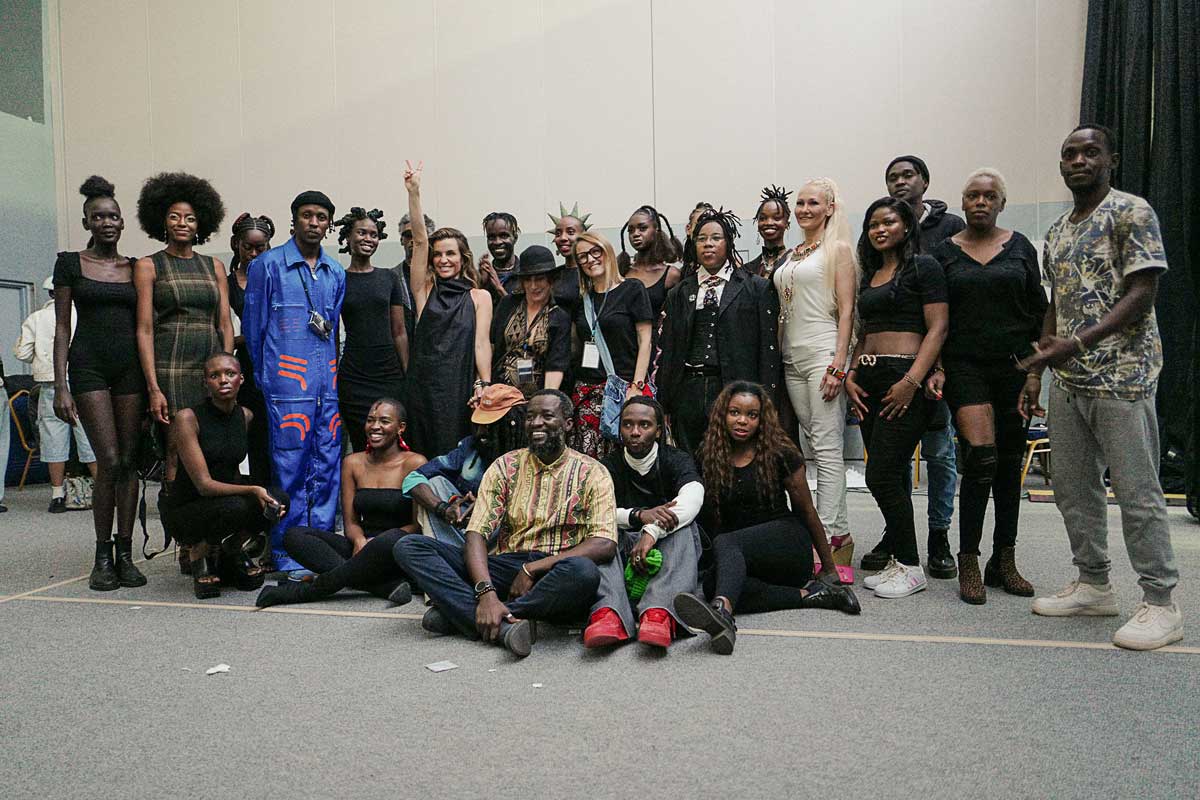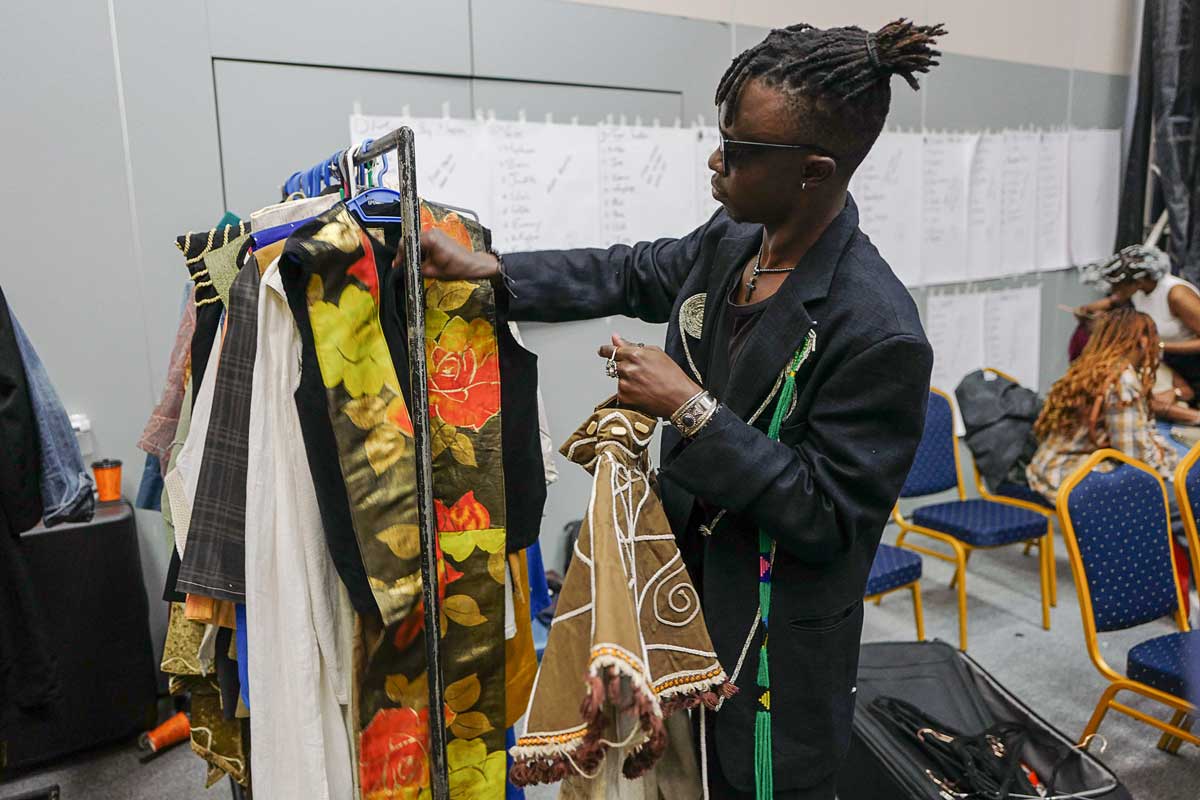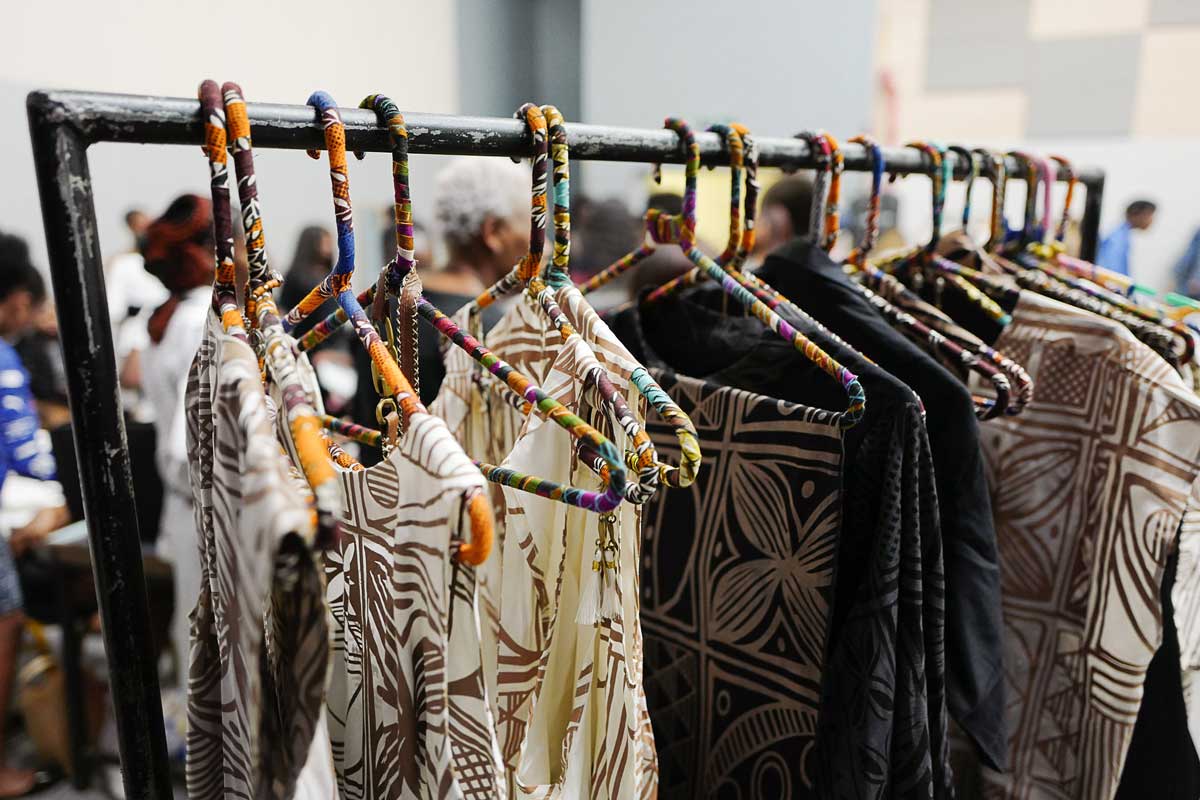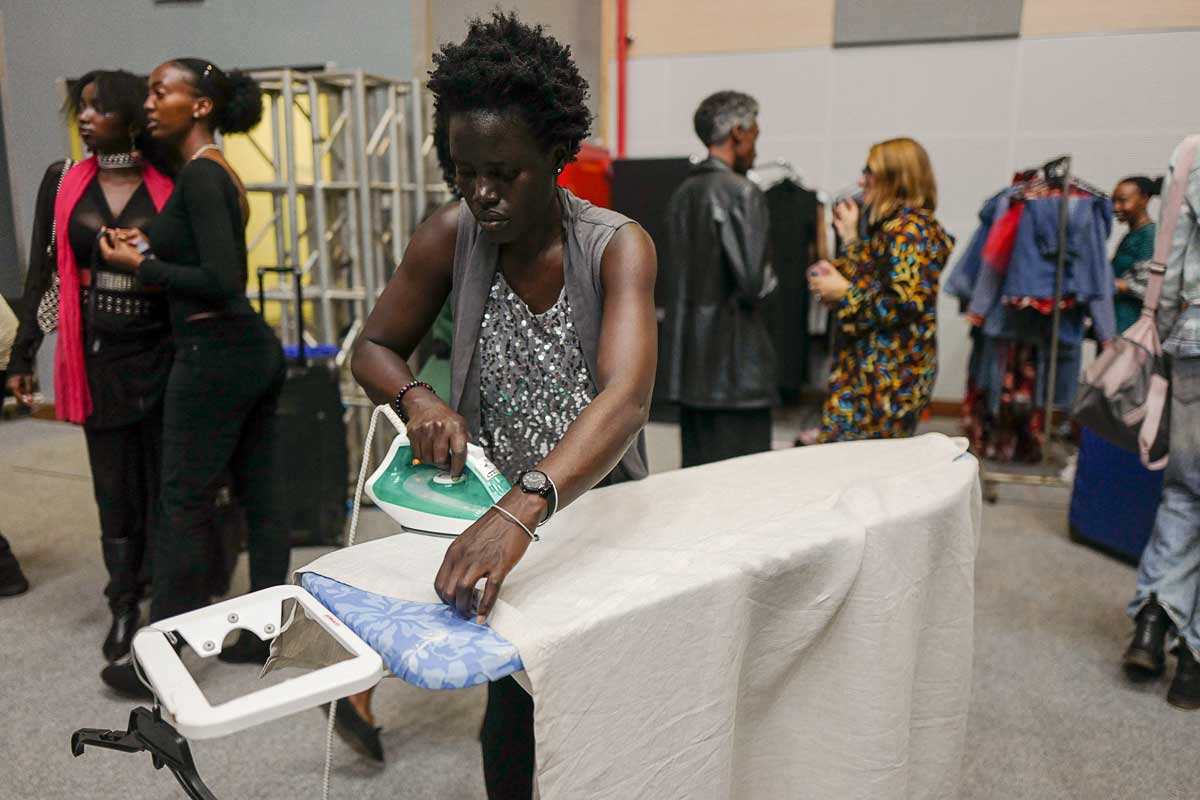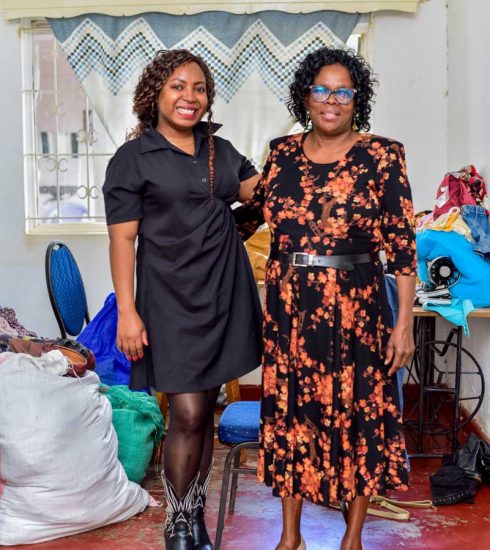Policy, Sustainability & Kenya’s Creative Industries
- IntelCreative
- July 10, 2025
Explore how fashion designers, artisans & all industry players in Kenya can leverage existing environmental laws, participate in legislative policy making processes and align with sustainability regulations for progress towards a circular economy.
Players in the fashion sector can embrace best practices of lowering their energy and waste use and sustainable textile waste management to uphold several multilateral environmental agreements (MEAS) that Kenya has ratified.
Introduction: Policy as a Driver of Sustainable Fashion
Institutional/private policy- set of guidelines, rules and procedures that an organisation is committed to govern specified activities within its internal operations. For example, an organization can formulate a sustainability policy to initiate steps to reduce its carbon and ecological footprint (reduce energy and water use, sustainable waste management and inclusion of marginalised and vulnerable groups in its workforce).
Public Policy- refers to a statement of intent based on a set of resolutions or principles, providing a pathway, course of action, or commitments that a government must achieve to spur ideal developmental growth in targeted sectors or areas of interest. For example, the Sustainable Waste Management Policy 2021 in Kenya champions compliance with circular economy approaches of waste minimisation, effective collection and disposal within designated facilities, reuse, recycle and sustainable disposable of nonrecyclable materials.
How are they made?
The initial phase of formulating a policy begins with the government (executive or relevant ministries) identifying an issue or need that necessitates a policy intervention. Then, the responsible ministry is tasked with formulating and drafting a policy to address the identified issue or need. Data is gathered through research and extensive consultation with experts and relevant government agencies. Additional data is gathered through public participation to uphold Article 10 of the Constitution of Kenya, 2010, which allows the public to share their opinions and engage in decision-making.
The next step is to translate the drafted policy into a legislative bill, providing an opportunity for the national assembly to refine it through a structured process that includes several readings, committee reviews, and debates. Once the bill attains parliamentary approval, it is assented into a legally binding document by the president, creating a policy.
Is it possible to propose a policy? If so, how?
Article 1 of the Constitution of Kenya 2010 grants citizens sovereign power, which they can exercise directly or through their elected representatives. In addition, Article 119 grants every citizen the right to petition the parliament to consider matters within its jurisdiction, including the enactment, amendment, and repeal of legislation. Thus, a person or an organised group can submit their petition to the national assembly, outlining the proposed law and its aim. A relevant parliamentary committee reviews the requests.
How are environmental policies enforced?
The National Environmental Management Authority (NEMA) is the principal environmental body established by the Environmental Management Coordination Act 1999 to oversee environmental management, enforcement, and compliance with established environmental laws, legislations, and policies.
Who is a lobbyist?
Persons or groups seeking to advocate, influence, or promote legislation, policy/ies, or a government resolution.
Who is a policy maker?
An individual or a group of people responsible for formulating laws, legislation and policies to address the specified issue/need. In Kenya, policymakers include elected officials at the county level or the national assembly.
How can industry professionals be more involved in the process, to provide insights?
Industry players can leverage the public participation process during the policy formulation process to share their concerns and insights. Kenya’s public policy engagement processes allow individuals or parties to submit written statements or participate in physical submissions of key areas of concern. Industry players can leverage rights captured under Article 119 to petition Parliament to propose policies and amendments.
Businesses can work closely with renowned business member organisations such as the Kenya Private Sector Alliance (KEPSA) to consolidate their concerns and collectively engage relevant ministries formulating policies.
What is the role of Sustainable Inclusive Business Kenya (SIB-K)?
SIB is the knowledge centre under the Kenya Private Sector Alliance (KEPSA), driving and catalysing change through inspiration, initiative, facilitation and connection. We bring companies and their stakeholders together to share knowledge and good practices and set goals to create a sustainable and inclusive economy and future-proof businesses with a positive impact on People and Planet. Our projects and business engagement revolve around three pillars- circular economy, climate action, people power, and redefining business values.
Fashion industry players can tap into SIB-K’s annual circular economy conference that brings together over 20 speakers, 50 exhibitors, and 500 participants drawn from academia, civil society groups, the private sector, informal waste practitioners, and county and national government policymakers to co-create circular knowledge and showcase Kenya’s progress towards a circular economy and sustainability transition.
How can one make the most of policies as a fashion professional?
Professionals in the fashion sector can embrace best practices of lowering their energy and waste use and sustainable textile waste management to uphold several multilateral environmental agreements (MEAS) that Kenya has ratified. The MEAs include the Paris Accords 2015, which champions the reducing of global warming to below 2°C above pre-industrial levels, and if possible, to 1.5°C, the United Nations Convention on Biological Diversity that emphasizes the sustainable harnessing of natural resources, the Stockholm Convention prohibiting production and use of persistent organic pollutants and Basel Convention on controlling transboundary movement of waste among others.
Fashion industry sector players’ compliance with Kenya’s intricate policy landscape, such as the newly gazetted EPR Regulations 2024, Sustainable Waste Management Act 2022 and Sustainable Waste Management Policy 2021, Environmental Management and Coordination Act 1999, revised 2015, will increase Kenya’s transition to circular economy. The policies champion the adoption of waste management best practices- disposal at designated collection points, segregation at source, reuse, upcycle, recycles and fewer volumes of waste directed to landfills.

Name: Kaburu Jeremy Munene
Profession: Circular Economy and Research Specialist
Passion: Indigenous Environmental Knowledge Documentation
All images courtesy of Nairobi Fashion Week 2025.




